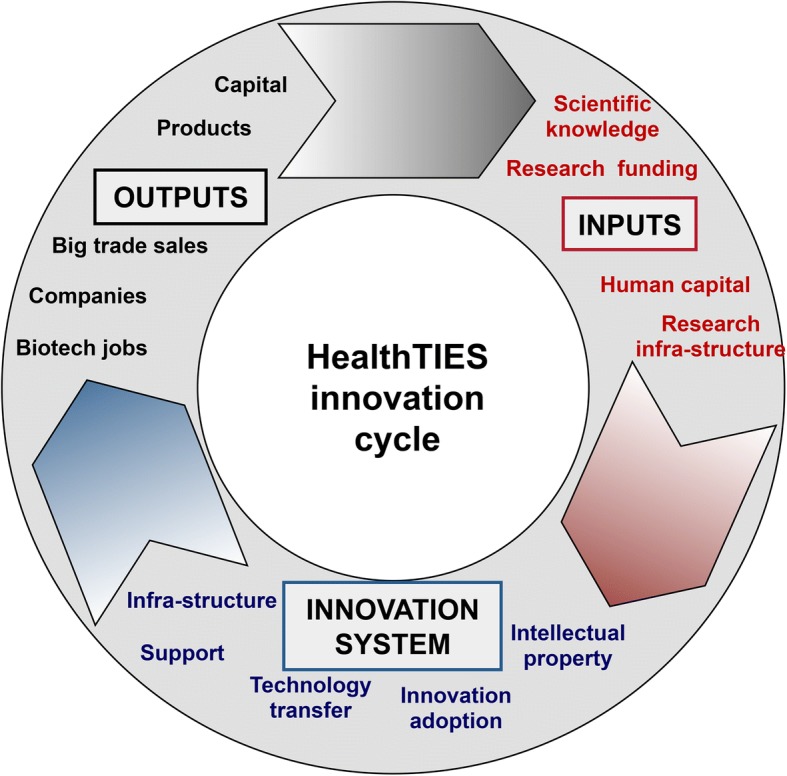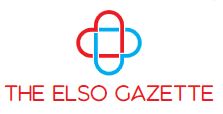Whereas the European Union is striving to turn into the ‘Innovation Union’, there stays a scarcity of quantifiable indicators to match and benchmark regional innovation clusters. To deal with this difficulty, a HealthTIES (Healthcare, Know-how and Innovation for Financial Success) consortium was funded by the European Union’s Areas of Information initiative, analysis and innovation funding programme FP7.
HealthTIES examined whether or not the well being expertise innovation cycle was functioning otherwise in 5 European regional innovation clusters and proposed regional and joint actions to enhance their efficiency.
The clusters included BioCat (Barcelona, Catalonia, Spain), Medical Delta (Leiden, Rotterdam and Delft, South Holland, Netherlands), Oxford and Thames Valley (United Kingdom), Life Science Zürich (Switzerland), and Innova Észak-Alföld (Debrecen, Hungary).Appreciation of the ‘triple helix’ of university-industry-government innovation supplied the impetus for the event of two quantifiable innovation indexes and associated indicators.
The HealthTIES H-index is calculated for illness and expertise platforms based mostly on the h-index proposed by Hirsch. The HealthTIES Innovation Index is calculated for areas based mostly on 32 related quantitative and discriminative indicators grouped into 12 classes and three innovation phases, particularly ‘Enter’ (n = 12), ‘Innovation System’ (n = 9) and ‘Output’ (n = 11).
The HealthTIES areas had developed comparatively related illness and expertise platform profiles, but with distinctive strengths and weaknesses.

New indicators and indexes for benchmarking university-industry-government innovation in medical and life science clusters: outcomes from the European FP7 Areas of Information HealthTIES mission.
The regional profiles of the innovation cycle in every of the three phases have been surprisingly divergent. Comparative assessments based mostly on the symptoms and indexes helped determine and share finest follow and inform regional and joint motion plans to strengthen the competitiveness of the HealthTIES areas.
The HealthTIES indicators and indexes present helpful sensible instruments for the measurement and benchmarking of university-industry-government innovation in European medical and life science clusters.
They’re validated internally inside the HealthTIES consortium and seem to have a level of exterior prima facie validity.
Probably, the instruments and accompanying analyses can be utilized past the HealthTIES consortium to tell different regional governments, researchers and, presumably, giant corporations looking for their subsequent location, analyse and benchmark ‘triple helix’ dynamics inside their very own networks over time, and to develop built-in public-private and cross-regional analysis and innovation methods in Europe and past.
